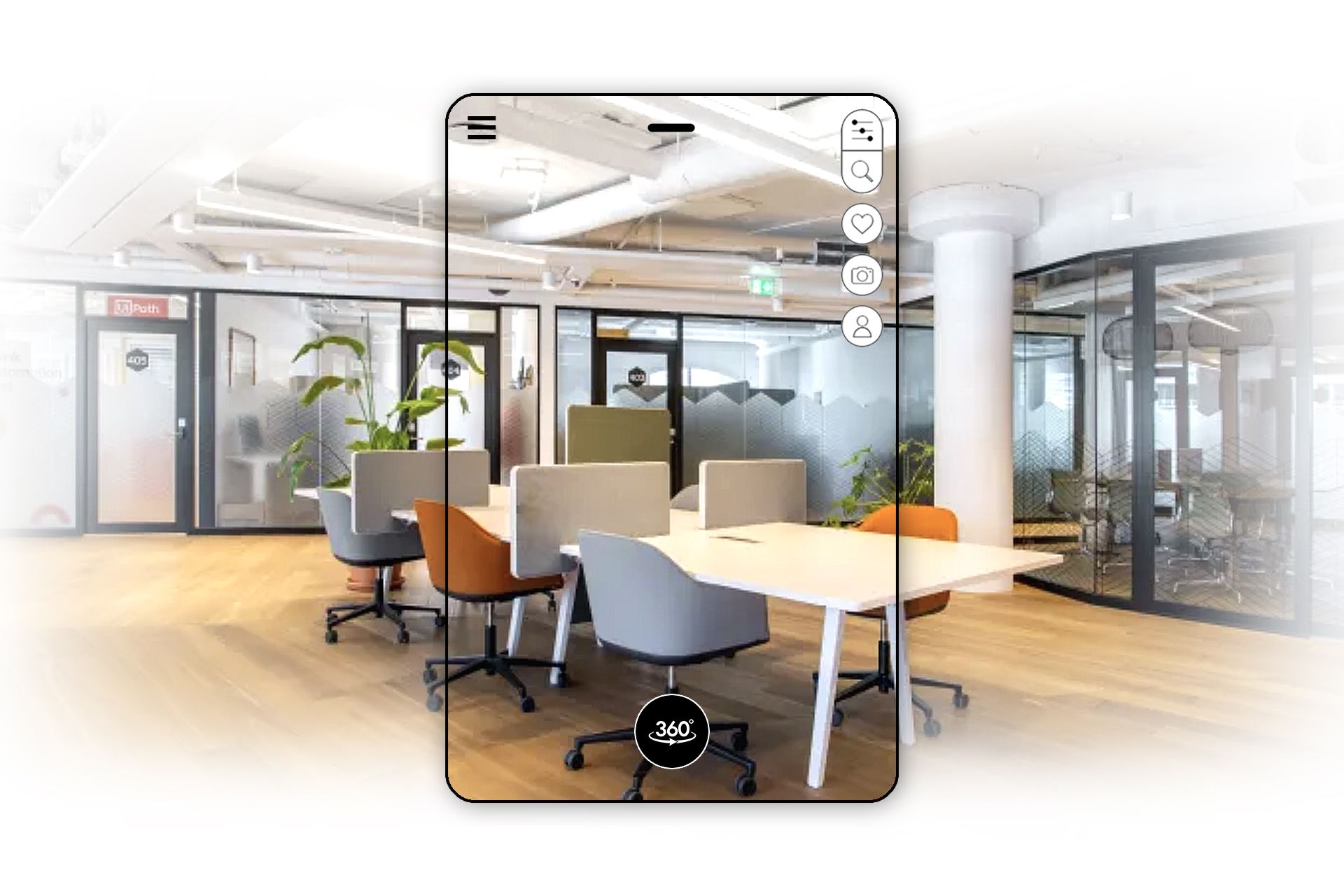The changing expectations of buyers and tenants, combined with technological advances, have profoundly transformed the real estate sector. In 2025, real estate virtual tours are emerging as a strategic tool for agencies, developers, and owners. They are no longer just an "innovative" option: they are becoming an essential standard in property marketing.
1. Attract More Qualified Prospects
In the digital age, buyers and tenants have become ultra-connected. Before even making contact, they browse dozens of listings and make strict pre-selections. A listing accompanied by a real estate virtual tour captures more attention and generates up to four times more interactions than a traditional listing with photos.
By offering the possibility of visiting a property remotely, 24/7, the user experience becomes seamless, immersive, and engaging. Result: you attract truly interested visitors, saving you time and efficiency by reducing unnecessary physical visits.
2. Enhance the property in an immersive way
A virtual real estate tour doesn't just show a property, it showcases it. Using 3D modeling or 360° panoramic views, it allows you to:
- Faithfully recreate the layout and volumes.
- Provide a sense of fluid flow from one room to another.
- Give a clear vision of the lighting, layout, and environment.
This creates emotion in the buyer, helps them visualize the property, and increases the perceived value of the property. This type of presentation is particularly effective for high-end properties, unusual homes, or off-plan projects.

Click here to try an interactive virtual tour
3. Reduce sales or rental times
In 2025, buyers want to move quickly. Between time constraints, travel, and distrust of unclear listings, they favor properties where information is comprehensive and immediately accessible. A virtual real estate tour perfectly meets this need.
According to several recent studies, properties presented with a virtual tour are sold or rented 30 to 40% faster. This is explained by several factors:
- Preliminary screening is more efficient.
- Interaction with clients is more concrete.
- Decision-making is easier.
This time saving is invaluable for professionals, but also for sellers or owners, who want to close deals faster and avoid long vacancy periods.
4. Stand out in a competitive market
The real estate sector is highly competitive, especially in urban areas where listings are abundant. To stand out, it's no longer enough to have good copy and beautiful photos: you need to offer a unique experience.
Virtual real estate tours offer an immediate competitive advantage. They send a clear message to the client: you are a serious, modern company that meets their digital expectations. It's also a tool for enhancing your brand image: it shows that you invest in quality technologies to offer the best service.
Agencies that integrate this technology position themselves as trusted references, which has a direct impact on the number of contracts signed and customer satisfaction.
5. Better sell properties still under construction or renovation
Virtual real estate tours aren't just for properties that have already been built. They take on a whole new meaning for new developments or properties undergoing renovation. Thanks to interactive 3D models, clients can imagine themselves in a home that doesn't yet physically exist. In 2025, this approach will become essential for off-plan sales (VEFA) or renovation projects. It allows:
- To visualize finishes and layouts.
- To explore different configurations or customization options.
- To present show apartments even before they are built.
It's a way to sell the invisible, to remove the psychological barriers associated with abstraction, and to create a crush even before the foundation stone is laid.
The virtual real estate tour is no longer a gimmick: it's a commercial and technical revolution for real estate professionals. It improves visibility, enhances properties, optimizes time, reduces costs, and increases conversion rates. At a time when customer expectations are higher than ever, it meets a dual requirement: efficiency for sellers and transparency for buyers. In a market as competitive as the one in 2025, professionals who adapt to these new practices will be the ones who win trust, mandates, and sales. Integrating virtual tours into your sales strategy means investing in a new way of selling that's more immersive, more fluid, and more effective.
